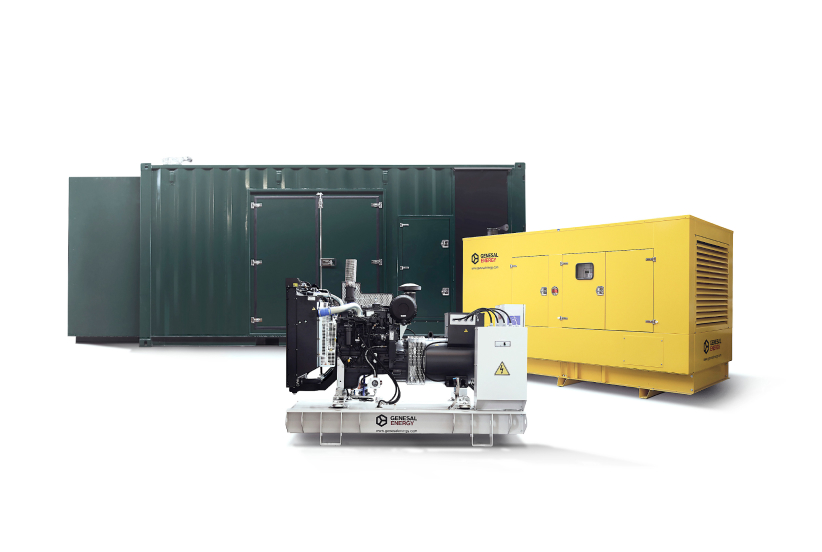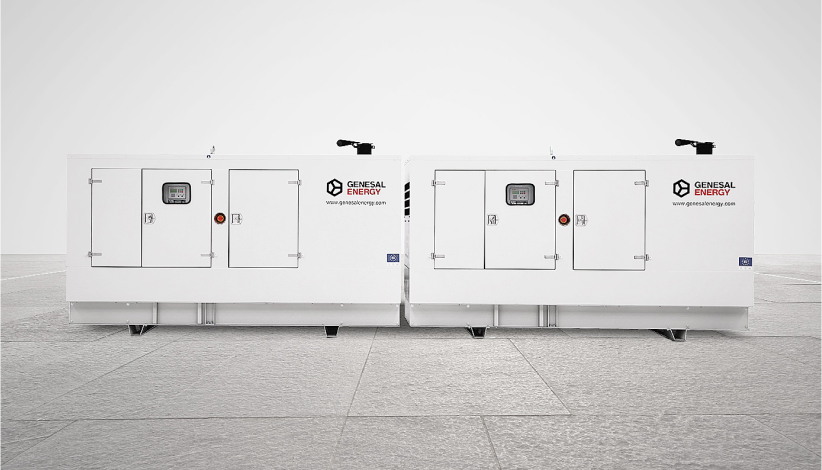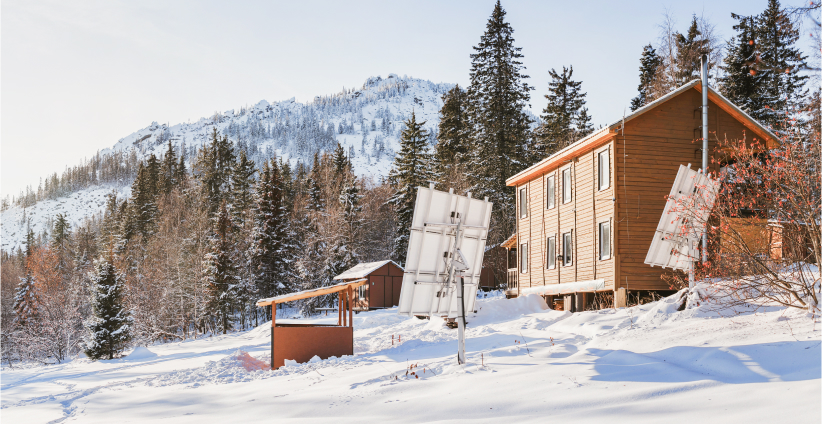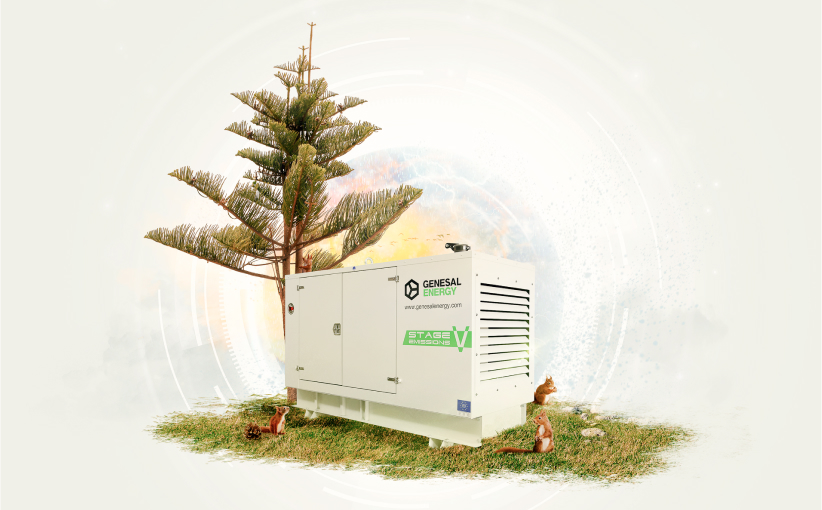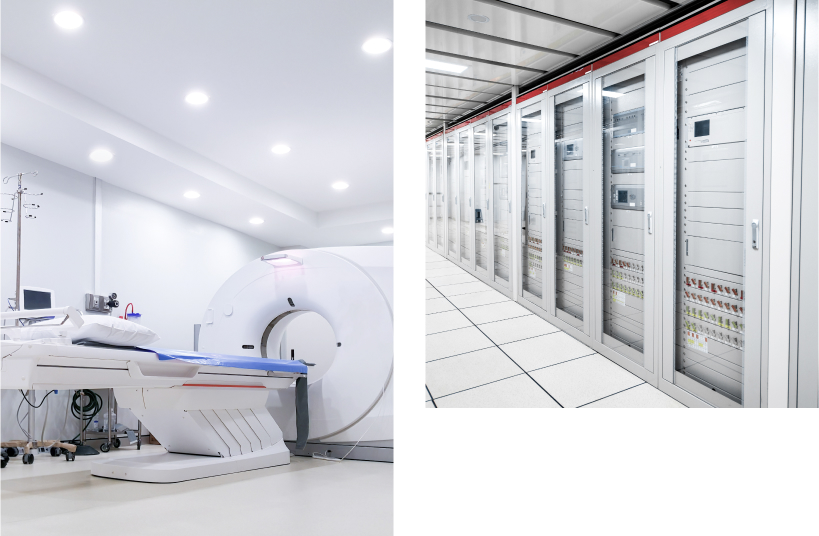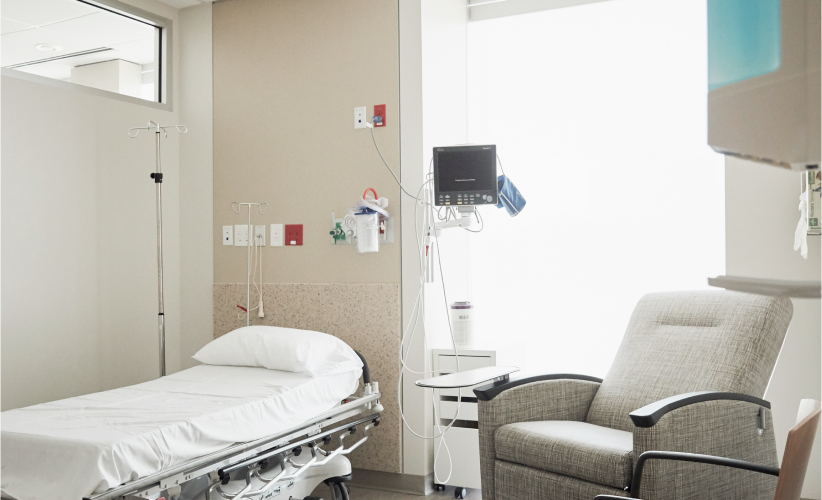How we manufacture a generating set

The manufacture of our generating sets is a complex process that covers different key phases, very much determined by the specific needs to be satisfied and always under the most demanding quality standards and controls.
Do you want to know it in detail?
Manufacturing phases of a generating set
Join us on this journey from the definition of the characteristics of the project to the generating set commissioning in its final location.

1. Definition of the genset type
The starting point in the manufacture of an industrial generating set is the precise definition of its technical and functional characteristics, considering the specific needs of the project or the intended application. In this initial phase, crucial decisions are made that will determine the performance, reliability and lifetime of the equipment:
- Fuel type: The type of fuel that will power the genset engine is selected, whether diesel, natural gas or other. Each fuel has advantages and disadvantages such as cost, efficiency, emissions and availability.
- Power: The required power of the genset is determined, expressed in kilowatts (kW) and kilovoltamperes (kVA). This parameter depends on the power demand of the installation site and the power factor of the loads.
- Engine type: The appropriate engine type is selected for the genset, considering factors such as rotational speed, fuel injection technology and applicable emission standards.
- Alternator type: The alternator model suitable for the genset is selected. Each model has specific characteristics and applications in terms of voltage stability, overload capacity and transient response.
- Cooling system: The appropriate cooling system is selected for the genset, both for engine and alternator, either air, water, oil or mixed. Each system has advantages and disadvantages such as thermal efficiency, noise level and maintenance.
- Control and protection: The control and protections systems required for the genset are defined, including the control panel, start/stop systems, monitoring systems and overload, short circuit and fault protection devices.

Further information on this issue: Classification and types of generating sets
2. Engineering Design
Once the features of the generating set have been defined, the engineering & design phase begins:
- Assembly design: a team of expert engineers develops the drawings and calculations for the integration of all the components of the genset. This includes the design of the frame, engine and generator location, fuel tank, exhaust system, cooling system, control panel, protections and other essential elements.
- Finite element analysis (FEA): tools are used to simulate the behaviour of the genset under different loads and operating conditions. This allows the design to be optimised and ensures the structural integrity of the equipment.
- Material selection: Materials are carefully selected for each genset component, considering factors such as mechanical strength, thermal conductivity, corrosion resistance and durability.
- Standards and regulations: Standards and regulations applicable to the manufacture of industrial gensets are strictly adhered to, including safety standards, emissions standards and quality standards.

3. Technical documentation
Complete technical documentation of the genset is prepared, including:
- User manuals: clear and detailed user manuals are developed that provide instructions for the installation, operation, maintenance and troubleshooting of the genset.
- Electrical diagrams: Detailed diagrams are created showing the electrical configuration and operation of the genset systems.
- Parts Lists: Complete parts lists are created that identify each generator set component and its corresponding part number.
- Mechanical dimensional drawings: Dimensional and installation details of the equipment are explained.
4. Production planning
A detailed production plan is developed that defines the resources required, delivery schedules and manufacturing processes for the production of the genset, as well as the final operational tests.
5. Component manufacturing
The manufacture of the individual components of the industrial generating set involves high precision and quality control processes:
- Machining of parts: metal parts – such as the frame, fuel tank and other structural components – are manufactured using high-precision machining techniques. High-strength and durable materials are used to ensure the reliability and service life of the equipment.
- Electrical component manufacturing: Electrical components – such as the control panel, cables or electrical conduits – are manufactured to the highest standards. High quality materials are used, and rigorous testing is carried out to ensure the safety and proper functioning of the electrical system.
- Assembly of sub-assemblies: Major subassemblies of the genset, such as the engine, generator and fuel tank, are assembled precisely according to established drawings and procedures. Advanced assembly techniques are used, and thorough quality checks are carried out to ensure the correct installation and operation of each sub-assembly.

6. Final assembly
In this crucial stage the complete genset is integrated: The frame, engine, generator, fuel system, exhaust system, cooling system, control and protection panel, and other components are carefully assembled on the main frame, following established procedures. Each component is checked for correct alignment, attachment and connection to ensure optimum performance.

7. Testing
Exhaustive tests are carried out to verify the correct operation of the generating set as a whole:
- Start & Stop test: The engine is checked to ensure that it starts and stops correctly, following the established procedures.
- Load test: An Load Bank is connected to the generator to assess its power delivery capacity and the stability of the voltage and frequency.
- Auxiliary systems test: Auxiliary systems such as the cooling system, exhaust system, lubrication system and control systems are checked for proper operation.
- Noise test: The noise level of the generator set in operation is measured to ensure that it complies with the applicable noise standards.

8. Quality control
Meticulous final inspections are carried out to ensure that the genset meets all established quality standards, both in terms of manufacturing and performance:
- Visual inspection: A thorough visual inspection is carried out to detect any defects or anomalies in the body of the generating set.
- Electrical tests: Additional electrical tests are carried out to verify the correct operation of the electrical system and the safety of the equipment.
- Functional tests: Additional functional tests are performed to verify the performance of the engine, generator and auxiliary systems.
9. Packing and shipping
Once the tests have been completed and compliance with the quality standards has been verified, the generating set is prepared for shipment:
- Packing: the generating set is carefully packed in a sturdy transport box or container, using suitable packing materials to protect it from damage during transport. Particular attention is paid to securing the equipment to avoid sudden movements that could cause damage.
- Shipping: The genset is shipped to the end customer following established transport procedures. The shipment is carefully documented to ensure traceability and safe delivery of the equipment.

10. Commissioning and After-sales Service
When the genset has arrived at its destination, it is time for commissioning:
- Commissioning: A specialised technician provides the installation and commissioning of the generating set. The correct installation, configuration and operation of the equipment is verified.
- After-sales service: From this moment on, the service is available to the customer for maintenance, repair and technical support of the generating set. Access to original spare parts and qualified technical personnel is provided to ensure the proper operation of the equipment throughout its service life.

This is how our energy is transformed from an idea to a tangible product that fits for each project.


